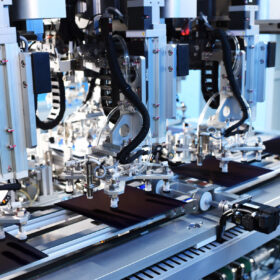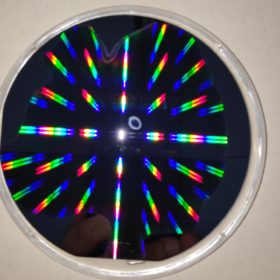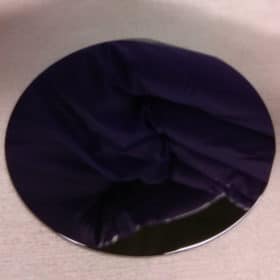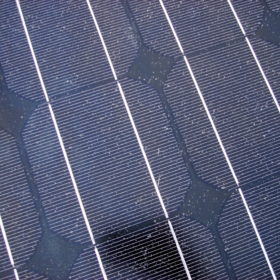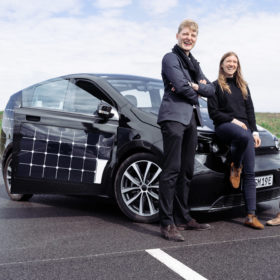The rise of back contact cell architecture
Sometimes, progress involves looking backwards. In this case, a return to back contact solar cell architecture has resulted in improved efficiencies and reductions in cost.
IBC solar cell based on ultrathin black silicon wafer achieves 16.4% efficiency
A Spanish-Finnish research team has fabricated an IBC solar cell with an ultrathin black silicon wafer with a thickness of 40 µm. The device is based on vanadium oxide and laser-processed phosphorus-doped silicon carbide stacks as hole and electron transport layers, respectively.
Video: ISC Konstanz director predicts 50% global market share for IBC solar panels by 2030
Radovan Kopecek, the co-founder and director of Germany’s ISC Konstanz, says interdigitated back contact (IBC) tech could account for half of the global market for solar modules by 2030. He says IBC will start to dominate once TopCON and HJT get stuck at certain efficiency limits, and he believes TOPCon will be the first victim.
Novel IBC solar cell architecture based on crystal photonics shows efficiency potential of 29.1%
Scientists in Germany designed a poly-Si on oxide (POLO) interdigitated back-contact (IBC) solar cell integrating photon crystals and found this architecture has the potential to reach a power conversion efficiency of over 28%, which would be 1% higher than the current practical limit set by the scientific community. They also found that by improving passivation, the efficiency may be raised up to 29.1%.
Four-terminal III-V solar cell with 32.57% efficiency
Scientists at the US National Renewable Energy Laboratory have simulated a III-V solar cell by stacking gallium arsenide films onto interdigitated back contact silicon solar cells with a glass interlayer. The scientists have already done some initial mini-module integration work, but significant size scaling will ultimately be needed to reach commercialization. The cell currently has an active area of 1 cm2.
IBC solar cell with 25% efficiency
Australian researchers have revealed a new cell that builds on an earlier 24.4%-efficient device. The upgrade was achieved with an oxide-nitride-oxide passivation stack which optimized diffusion and contact-area fraction, plus improved texturing with a monoTEX surfactant.
Finnish solar manufacturer gets Lithuanian factory purchase over the line
Appetite may have been lacking among private investors – at a time when global stocks are tanking amid Covid-19 and global recession fears – but the eco-friendly new Finnish government, and neighboring administrations, have stepped in to fill the breach.
